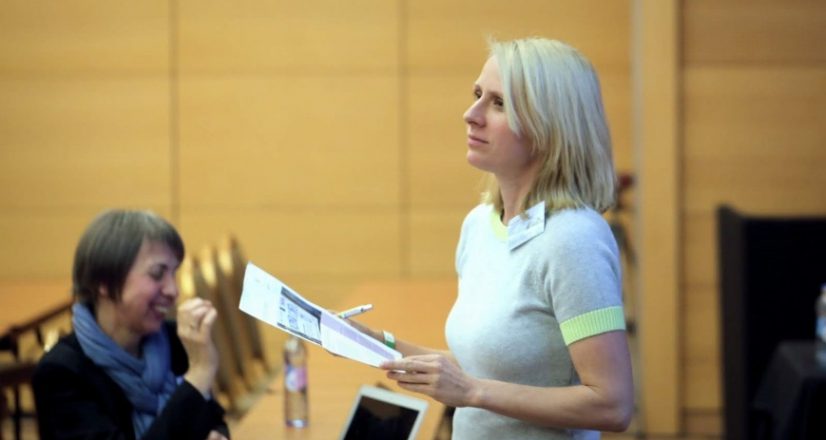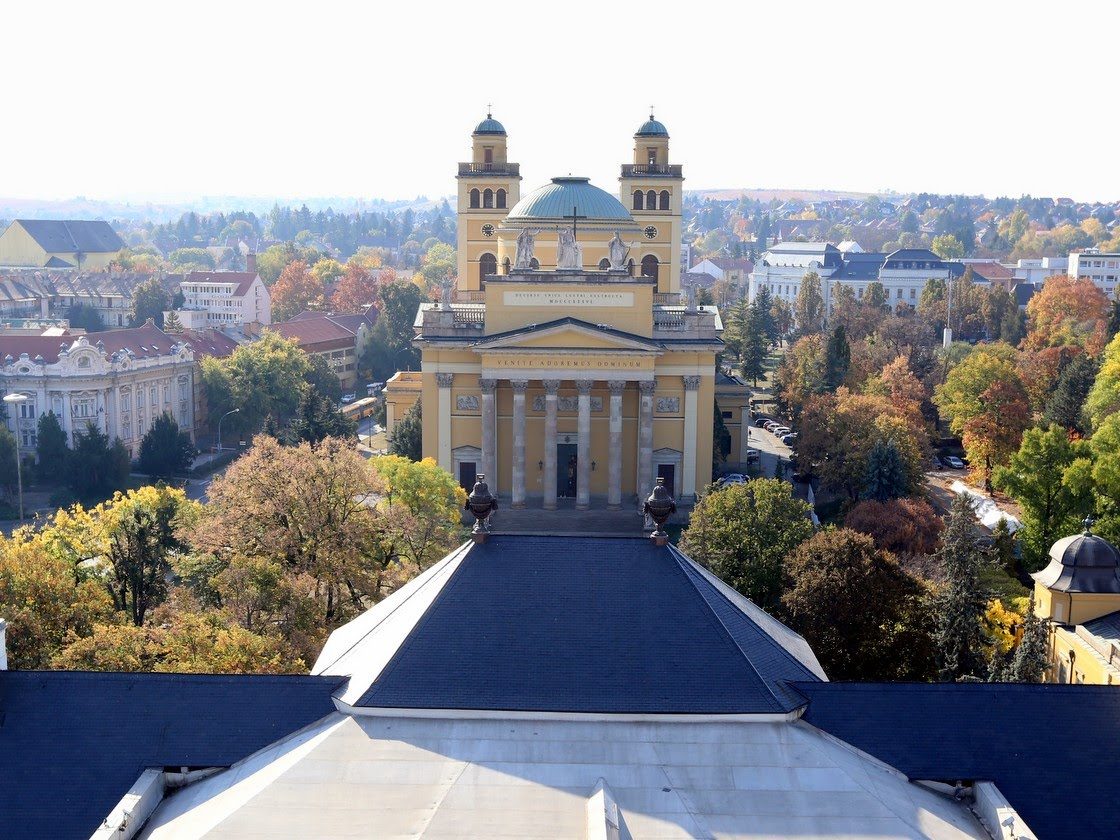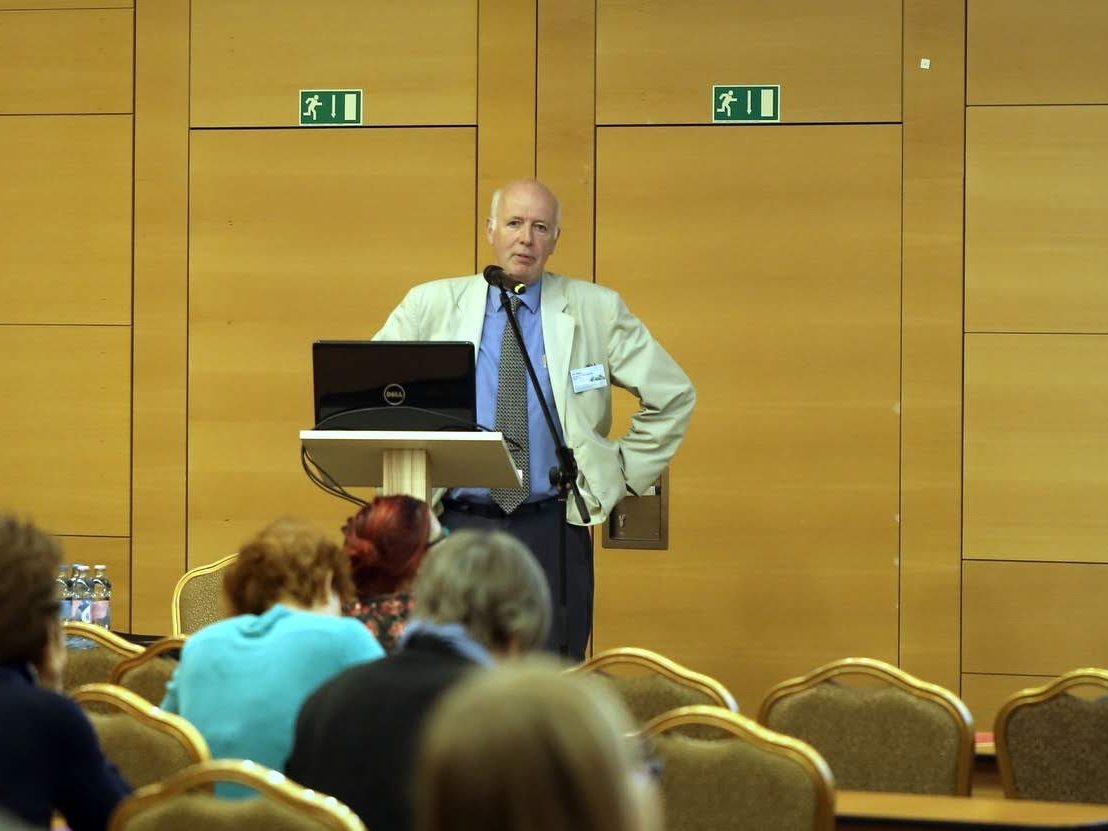15
NovSocial & other forms of innovation: experiences from the Forum Carpaticum
The Forum Carpaticum brings together the science community interested in social and biophysical sciences in the Carpathians every two years. In the programme notes it is stated that “the 5th Forum Carpaticum will specially highlight prioritized topics on biodiversity conservation and sustainable tourism development and education for sustainable development (ESD).” Overall, there was an emphasis on the biophysical sciences, especially ecology, forestry and fluvial geomorphology, but there was a range of social scientists represented and some of the natural scientists are now moving towards interdisciplinary work with social scientists and also transdisciplinary work.
Innovation in general and social innovation, in particular, has been given a central role in the reconstruction of Europe after the economic crisis (Barroso, 2011). This meeting predominantly addressed ecological and land use issues from a natural sciences perspective, although rural development was also discussed. There was one session on social innovation, one on education for sustainable development and some tourism presentations.
Bill Slee from SIMRA presented an overview of social innovation and Veronika Gezik from Slovakia presented from the only Carpathian-based partner in SIMRA presented a summary of WP 2 and the newly published paper Understanding social innovation for the well-being of forest-dependent communities: A preliminary theoretical framework in Journal Forest Policy and Economics1. Presentation was part of the session Rural development, social innovation and adaptive responses of disadvantaged communities in mountain areas to local, regional and global challenges organized by SIMRA project.
SIMRA was also connected to several presentations from Ukraine, on sustainability goals and green energy initiatives. When the term social innovation is defined as in the SIMRA definition (Polman et al 2017) the salience of civil society engagement sits somewhat uncomfortably alongside the relative lack of civil society organisation in post-Socialist countries of central and eastern Europe. In these countries, there appears to be a strong desire of municipalities or other public agencies such as national parks to exert a controlling influence on the development of projects furthering sustainable development. Such projects can be highly innovative, as in a municipally led competition to further renewable energy in Ukraine and in national park managed schemes of wood pasture management in the Bukk mountains. The use of citizen-led video in the Ukraine case showed how project communication could be a highly bottom-up community-driven effort, but the central control of the project seems to reside strongly in the public sector. This raises questions as to whether a more elastic definition of social innovation is needed in post-socialist countries.
Three points from the meeting stand out. First, there are signs of ecological scientists becoming much more engaged with social learning and indigenous technical and ecological knowledge. The films from Poland and Hungary at the beginning of the conference and Zsolt Molnar’s outstanding contribution brought these issues to the fore. They challenge the technocratic modernising approach to agricultural science and were deeply grounded in an exploration of traditional land management practices and the extent to which these were informed and shaped by culture and delivered high levels of environmental ecosystem services. This challenge was also brought out in the visit to a wood pasture in which cattle and sheep were present and we were able to meet with the cattleman and shepherd who used this wood pasture resource.
Second, there are clearly some active and vibrant partnerships between western European institutions and Carpathian institutions. The links between the University of Bern and the Forestry University of Lvov were generating interesting action research projects rather close to some of the work being undertaken in SIMRA. And the SIMRA project is linking Slovakia with a wide partnership of actors from western Europe. Other links that were discussed were those between European or global NGOs and large predator projects in the Carpathians. Here the NGOs are often the initiators and this fits with the SIMRA definition of social innovation very comfortably. National level NGOs are now emerging to provide new partners in wildlife-related projects.
Third, a number of sessions used participatory techniques to engage their audiences, including the social innovation session and the education for sustainable development session, where world café approaches were used to draw out audience reactions to particular questions. These forms of engagement in this case with a largely scientific audience have been used within SIMRA to engage the wider constituencies of interest and create the foundations for a truly transdisciplinary project.
So what were the take away messages? The scientists in the Carpathians are doing some great science but there are still constraints on the engagement of civil society actors in projects and innovation activity. A lack of trust (and sometimes lack of information) in many public institutions inhibits collaborative effort. But the Forum Carpaticum itself can be seen as a social innovation, with a wide range of voluntarily engaged partners working to a common cause. Here the trust that feeds positive collaboration is clearly present. Some of the excellent ongoing science is throwing new light on the value of traditional land management practices that contribute to ecosystem services provision and such science points to a need to link these ecological knowledge systems with more effective policies that bridge the predominantly sectoral approaches into the more integrative governance of ecosystem services to deliver enhanced sustainable development outcomes. Here there is a real opportunity for social innovation. It would be great to see a bigger cohort of social scientists at the next Forum Carpaticum in two years, ideally from a wider range of subject areas and with a sharper focus on how civil society actors, working through their own agency or in collaboration with others, can deliver the sought-after sustainable development outcomes.
Bill Slee and Veronika Gezik
All photos: Tamás Thaler
1 – Kluvankova, T. Brnkalakova, S. Spaček, M. Slee,B. Nijnik, M. Valero, D. Miller, D. Bryce, R. Kozova, M. Polman, N. Szabo, T. Gezik, V. (2018): Understanding social innovation for the well-being of forest-dependent communities: A preliminary theoretical framework, Journal Forest Policy and Economics FORPOL 1822 https://doi.org/10.1016/j.forpol.2018.09.016



